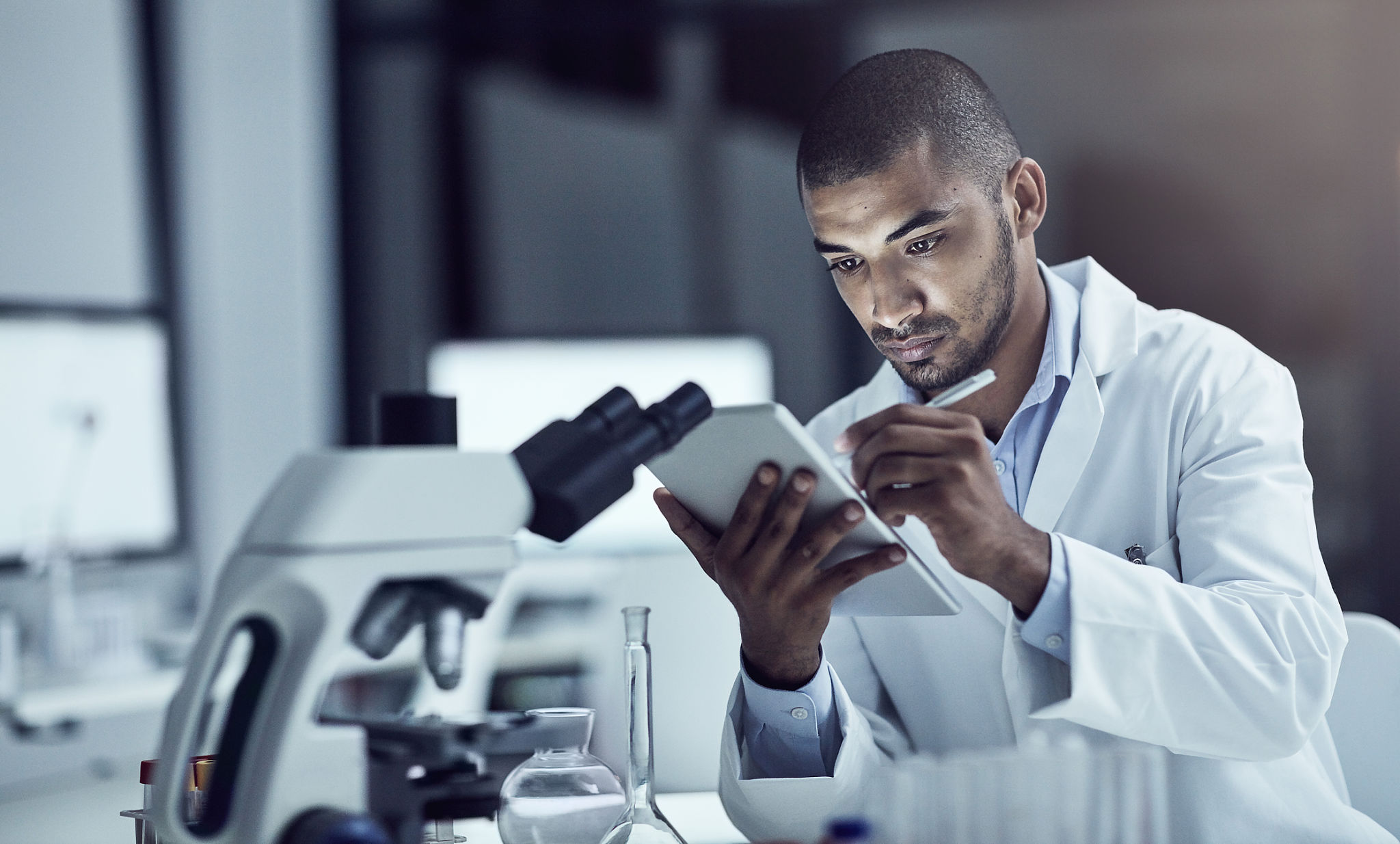Comparing Traditional vs. AI-Driven Biotechnological Approaches
Introduction to Biotechnological Approaches
Biotechnology has been a cornerstone of innovation in various fields, from medicine to agriculture. Traditionally, this field has relied heavily on biological processes and manual experimentation. However, the advent of AI-driven techniques is revolutionizing how we approach biotechnological challenges.

Traditional Biotechnological Methods
Traditional methods in biotechnology often involve a hands-on approach. Researchers conduct experiments in laboratories, relying on established protocols and human expertise. These methods are time-consuming but have laid the foundation for many significant discoveries.
Strengths of Traditional Methods
The primary strength of traditional methods lies in their proven reliability. These techniques have been refined over decades, providing a solid framework for understanding complex biological systems. Furthermore, they allow for a deep exploration of biological phenomena through direct observation and experimentation.

The Rise of AI-Driven Approaches
AI-driven approaches are transforming biotechnology by introducing advanced data analysis and predictive modeling. Machine learning algorithms can analyze vast amounts of data, providing insights that were previously unattainable. This shift allows for more efficient and accurate research outcomes.
Advantages of AI in Biotechnology
The integration of AI offers numerous advantages. Firstly, it accelerates research by automating routine tasks and data analysis. Secondly, it enhances precision, reducing human error and increasing the reliability of results. AI also enables the discovery of patterns and correlations that might be missed by traditional methods.

Comparative Analysis
When comparing traditional and AI-driven approaches, several factors come into play. Both methods have their strengths and limitations, and the choice often depends on the specific requirements of a project.
Efficiency and Speed
AI-driven methods are generally faster due to automation and computational power. However, traditional methods may be preferable for certain types of qualitative research where human intuition is critical.
Data Handling
AI excels in handling large datasets, providing insights with high accuracy. Traditional methods may struggle with large-scale data analysis, but they offer a hands-on approach that can be invaluable for certain studies.

Conclusion
Both traditional and AI-driven biotechnological approaches have their places in modern research. While AI offers speed and efficiency, traditional methods provide depth and reliability. A hybrid approach, utilizing the strengths of both, may offer the best path forward in advancing biotechnological research.
As technology continues to evolve, the integration of AI in biotechnology will likely expand, offering new opportunities for innovation and discovery.
